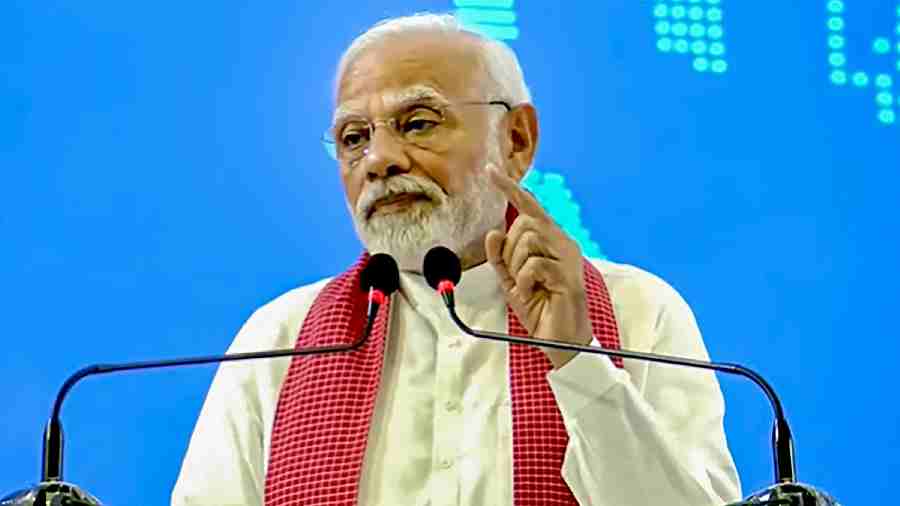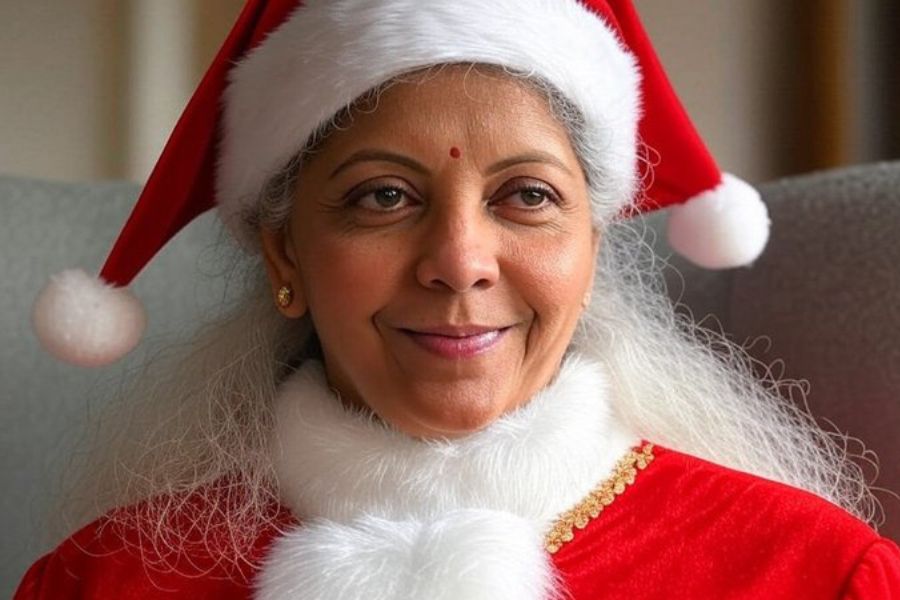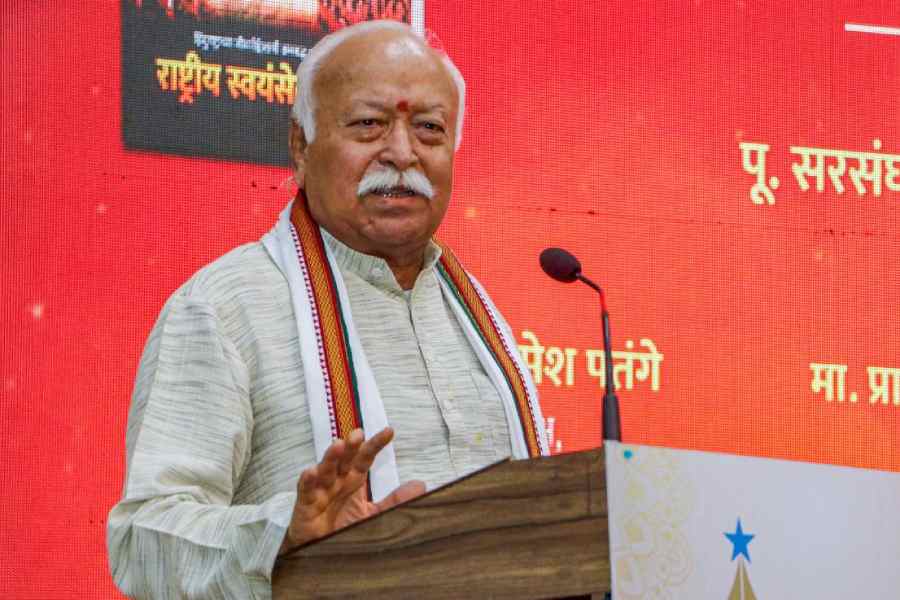The Congress on Thursday demanded a white paper on farmers’ income, alleging that Prime Minister Narendra Modi’s promise of 2016 to double farmers’ earnings by 2022 had proved another “jumla” or piece of rhetoric.
The party claimed the farmers were far worse off now than in 2014, when the Congress-led UPA was voted out of power.
“In February 2016, Modi promised to double farmers’ income by 2022. Let alone doubling their income, if inflation is accounted for, the farmers’ income has actually fallen,” Sukhpal Singh Khaira, Congress MLA in Punjab and chairperson of the party-backed All India Kisan Congress, said.
“The Modi government has put an additional burden on the farmers by imposing GST on agriculture equipment and input materials, apart from increasing the price of diesel by over 60 per cent despite a fall in international crude prices.”
As is often the practice with the Modi government, the homework had come several weeks after the Prime Minister had made the grand announcement about doubling farmers’ income by the 75th year of Independence.
While making the announcement, Modi had placed the onus on the states as agriculture is a state subject, partly seeking to insulate the Centre in advance from any responsibility if it failed to deliver on a big-ticket promise.
Since no recent data was available on the farmers’ income to serve as the base, data for 2011-12 from the National Sample Survey Organisation (NSSO) was extrapolated to estimate the annual income of an agricultural family in 2015-16 as Rs 96,703. This worked out to Rs 8,059 a month.
With the government maintaining that the doubling of income would be in real terms, the estimated target by 2022 was a little over Rs 21,000 after factoring in inflation. The most recent available data is from the 77th NSSO, for 2018- 19, which shows the monthly agricultural income to be Rs 10,218.
In July this year, Union agriculture minister Narendra Singh Tomar claimed that “in the last eight years, there has been an all-round effort to promote and strengthen the agriculture sector. Not only the incomes of lakhs of farmers have doubled, the earnings of many farmers have more than doubled”.
Demanding a white paper, Khaira said: “The minimum support price (MSP) is one of the basic parameters that determines the income of farmers. The UPA government doubled the MSP of wheat and paddy, two principal crops, within eight years of coming to power.”
Khaira added: “In 2004, when the UPA led by Manmohan Singh took over, the MSP for wheat was Rs 640 per quintal. It went up to Rs 1,285 per quintal in 2011- 2012 and Rs 1,400 per quintal for the 2013-14 season. The MSP for paddy in 2004 was Rs 560 per quintal, which went up to Rs 1,310 per quintal in 2013-14.”
In contrast, the MSPs for paddy and wheat have increased by barely 50 per cent between 2014 and 2022, reducing the promise to double the farmers’ income to an epic jumla, Khaira argued. He said the MSP would look far worse if viewed against the additional input costs.
After Modi promised to double the farmers’ income, his government had in 2016 set up a Doubling of Farmers’ Income Committee (DFIC), which submitted its report in 2018. The report continues to gather dust.
While many experts feel that the target of doubling farmers’ income by 2022 was unrealistic, the Modi government has been accused of failing to take any significant steps at all to fulfill its promise.
The PM Kisan Yojana, under which Rs 6,000 is paid to farmers annually in three instalments, covers barely 10 per cent of farmers. The sharp rise in input costs, particularly diesel and fertiliser costs, and the imposition of GST on agricultural materials and equipment have worsened the farmers’ plight.
The farmers’ frustration was recently reflected in their successful, yearlong movement from November 2020 for the repeal of three new farm laws, which was one of the biggest agitations against any government in independent India.












